Zebrasoma scopas
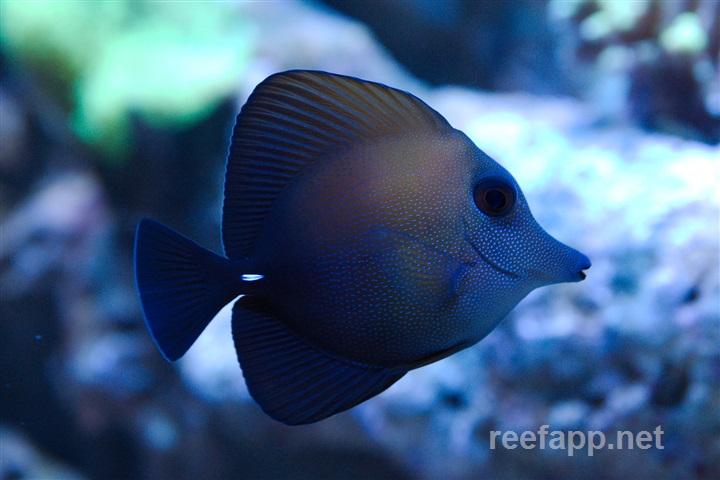
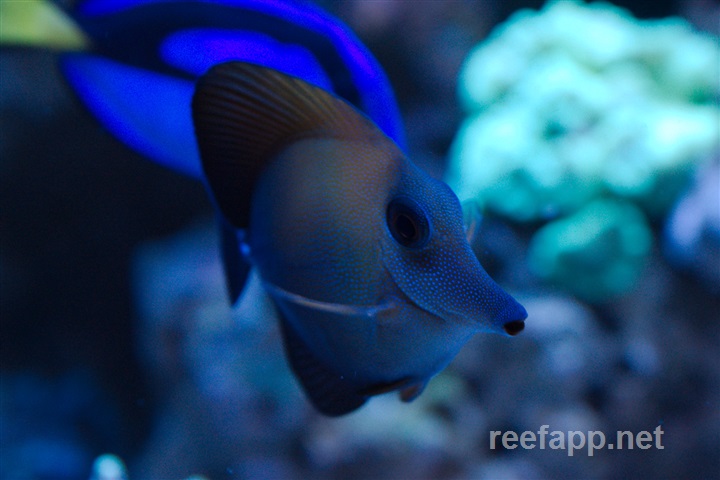
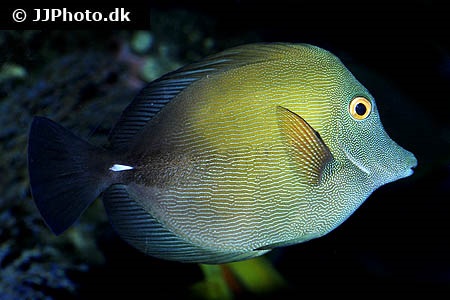
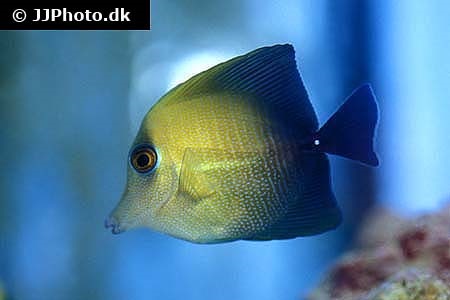
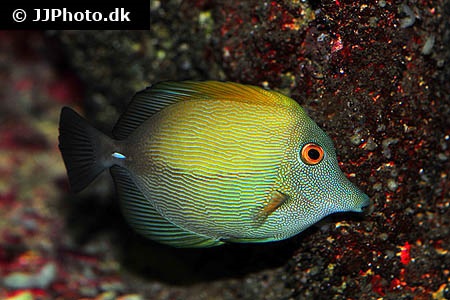
| Latin name | Zebrasoma scopas - (Cuvier, 1829) |
|---|---|
| Local name | Brown Scopas Tang |
| Family | Acanthuridae - Zebrasoma |
| Origin | East Indian Ocean, West Indian Ocean, Australia, Japan, Indonesia, Central/West Pacific |
| Max length | 20 cm (7.9") |
| Minimum volume |
250 l (66 gal) |
|---|---|
| Hardiness |
Average |
| Suitable for aquarium |
Suitable for most aquarium |
| Reef safe |
Always reef safe |
| Aggressiveness | Might be aggressive towards similar species |
| Recommended |
Macroalgea (Eg. seaweed / nori) Microalgea (Eg. spirulina) |
|---|---|
| Mostly |
Small crustaceans (Krill, mysis, artemia...) |
These fish should be kept in a well run aquarium where they can "graze" algae from rocks and stones.
If there are insufficient algae on the rocks, it is important to feed more frequently and supplement with algae rich food e.g. Spirulina.
This species revels in swimming and requires an aquarium with ample space.
This species requires places to hide, especially when newly introduced into the aquarium.
Even though these fish enjoy a diverse type of frozen foods, it is imperative that its primary food, is algae based, thus ensuring that the fish`s immune system remains healthy.
This can, for example, be plant based fish flakes, Nori seaweed or similar.
The body is golden at the head and gradually darkens towards the tail. Most of the body is covered with fine bluish markings. When young it has more distinctive fins and a light purple sheen.
One almost always sees this genus of Surgeonfish in a coral aquarium, since they are beautifully coloured, relatively easy to keep and useful.
The Zebrasoma genus is distinguished in that all the species have a larger or smaller, sail-like fin, which is folded out when threatened by other fish.
Z. xanthurum are the only fish in this genus which are decidedly aggresive, the others typically do not present problems, when the aquarium has space enough.
Some specimens of Z. flavescens can act aggressively towards other Zebrasoma tangs.
Surgeonfish (Acanthuridae) live primarily of different types of algae, making it a popular choice for coral aquariums, as they help to keep the aquarium algae free.
Most Surgeonfish have a scalpel by the caudal fin, used to defend themselves. It can cause some deep lacerations, so pay attention if the fish start to fight and when handling the fish.
When in the aquarium, they will spend most of their time swimming around and nibbling the algae from the stones. Surgeonfish will rarely irritate corals or invertebrates. Large Palettes/Blue tangs can be an exception.
The Surgeonfish are not typically aggressive towards other types of fish. If more Surgeonfish are added to the aquarium, they will establish a hierarchy. It is best to add the most aggressive species last and to ensure that there are sufficient hiding places, as they prefer to have their own individual sleeping area.
If multiple aggressive species are added to the same aquarium, one runs the risk of one of them dying due to stress. One must therefore be cautious about adding multiple Acanthurus species or Zebrasoma xanthurum into the same aquarium. A combination of the different genera will normally get along well, although the more aggressive species can still be challenging.
| Aquarium trade | Yes |
|---|---|
| Distribution | Indo-Pacific: East Africa, including the Mascarene Islands (Ref. 37792) to the Tuamoto Islands, north to southern Japan, south to Lord Howe and Rapa islands. |
| Danish common names |
Røgfarvet kirurgfisk |
| English common names |
Twotone tang Two-tone surgeonfish Yellow sailfin tang Brown saiffin tang Brown sailfish surgeonfish Brown tang Brushtail tang Blue-lined tang |
| French common names |
Chirurgien à balai Chirurgien à brosses Chirurgien à robe sombre |
| German common names |
Brauner Segeldoktorfish |
Gregory Schiemer. 2002. Aquarium Fish: The Venerable Scopas Tang - Advanced Aquarist - (English)
Bob Fenner. The Sailfin Tangs, Surgeons, Doctorfishes, of the Genus Zebrasoma - Wet Web Media - (English)
James W. Fatherree. 2009. Aquarium Fish: Surgeonfishes, A.K.A. the Tangs - Advanced Aquarist - (English)
Bob Fenner. Surgeons, Tangs and Doctorfishes, Family Acanthuridae - Wet Web Media - (English)
2013. Kirurgfisk - Saltvandswiki - (Danish)

